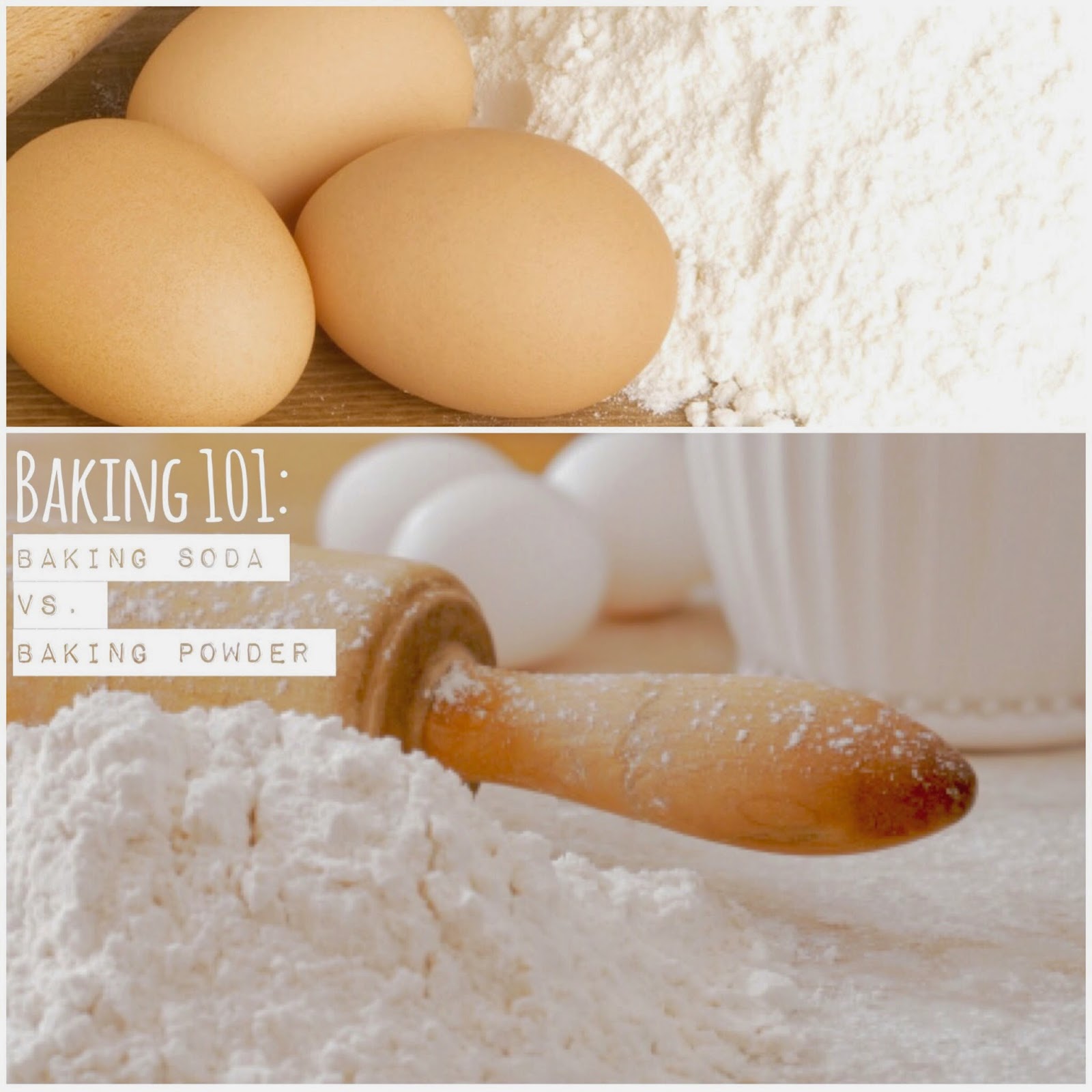the science behind leaveners | baking soda vs. baking powder
if you're like me you've probably questioned the reason behind the use of baking soda vs. baking powder when it comes to recipes.
here is a quick explanation of each and when to use them.
now let's bake something. xo.
BAKING SODA VS. BAKING POWDER
Baking Powder and Baking Soda are both chemical leaveners used to make batters rise. Quick breads, cookies, cakes, and biscuits all get their lift from these two basic baking ingredients.
Baking Soda
Baking soda needs an acidic ingredient to react with to release carbon dioxide, the gas that is released in small bubbles to give the baked goods their lift. Acidic ingredients in baking are yogurt, sour cream, buttermilk, molasses, honey, citrus juice, and even vinegar. (This is why you often find white vinegar as an ingredient in red velvet cake). Use baking soda as specified in your recipe. Too much will produce flat baked goods and leave a metallic taste in your cakes or cookies. Baking soda is also known to create browning in baked goods.
Baking Powder
Baking powder serves the same purpose as baking soda yet is already mixed with the acidic ingredient needed to produce carbon dioxide when baking. Most baking powders are “double-acting”, which means they produce carbon dioxide when mixed with a liquid and then again, when exposed to heat. Baking powder is used whether or not an acidic ingredient is in the recipe. Be sure to use fresh baking powder in recipes. Old baking powder will produce flat cakes and cookies.
Substitutions
While there is no substitution for baking soda, in a pinch you can replace a teaspoon of baking powder with ½ teaspoon cream of tartar and ¼ teaspoon baking soda.
Storage





MlaulesKnana_1988 Jim Vera download
ReplyDeletetsengoemebu
dendtiaWpie_no David Townes ScreenHunter Pro
ReplyDeleteNorton Security
Microsoft Excel 2021
Sublime Text
fitugwardvirb